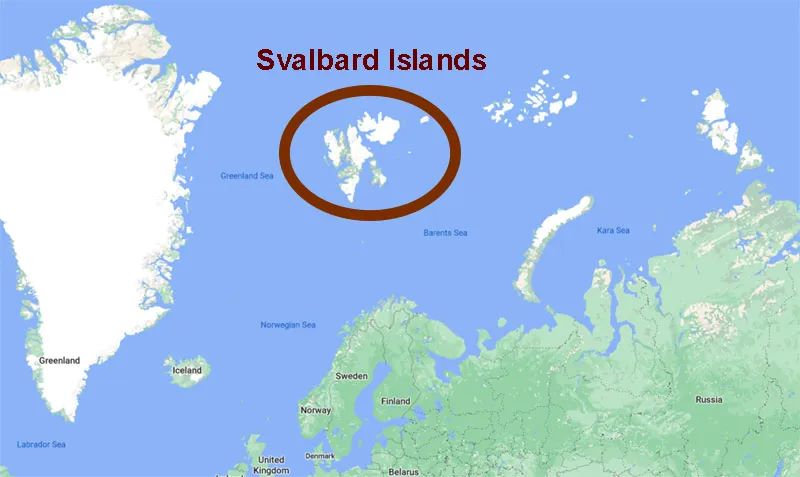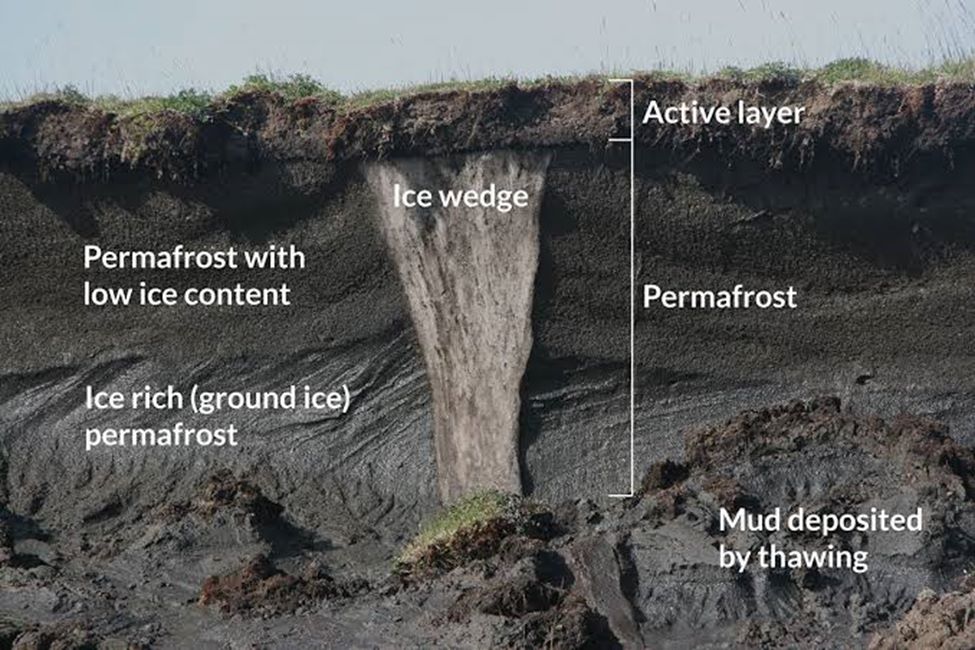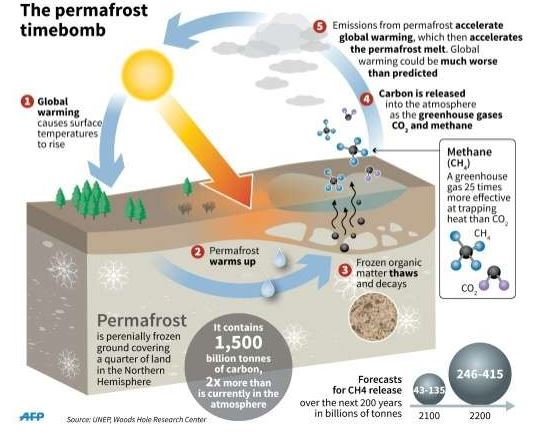Researchers discover huge methane deposits in Norwegian permafrost. And they are “migrating”
Beneath the icy grip of permafrost in Svalbard, an archipelago located between Norway and the North Pole, lies a hidden menace: tens of millions of cubic meters of methane; the authorities and science community have been aware of these deposits since a group of researchers confirmed their presence in a groundbreaking article published in December 2023 in the online magazine Frontiers in Earth Science.
A study peer-reviewed in the journal Nature Geoscience in July 2023 reveals that permafrost and glaciers in the high Arctic form an impermeable “cryospheric cap” that traps a large reservoir of subsurface methane, preventing it from reaching the atmosphere.

Credit: Google Maps
What no one knew until recently is that cryospheric vulnerability to warming is making releases of this methane possible and the methane deposits are capable of migrating beneath the cold seal of the permafrost, according to a statement by a group of scientists led by Thomas Birchall, a postdoctoral researcher at the Svalbard University Centre’s Department of Arctic Geology.
The eventual methane escape will trigger a catastrophic climate change event, setting off a chain reaction that will intensify global warming, the team warns.
Birchall cautions that while the current leakage of methane from below the permafrost is low, environmental factors such as glacial retreat and permafrost thawing may unlock this perilous reservoir in the future. The geological and glacial history of Svalbard mirrors that of the broader Arctic region, suggesting that migrating methane deposits might lurk elsewhere in the Arctic, waiting to be unleashed.

Credit: Earth.org
The findings are based on the samples extracted from a dozen of wells in the Svalbard area as fossil fuel companies continued looking for gas and coal in Norway’s north to address the growing demand for energy resources.
Gas accumulations in Svalbard, far more common than anticipated, were discovered in almost half of the eighteen hydrocarbon exploration wells. Some bear signs of missing methane, a fact suggesting that something has released it.
More to read:
Climate change linked to the growing number of African and Asian pirates
Birchall noted that even in cases where permafrost and underlying geology were suitable for trapping methane, some wells showed no gas, hinting at the possibility that it had already migrated.
While scientists are not sure how methane moved within the icy texture, a broader conclusion is that global warming and ice melting are the cause.

A sudden release of such a large volume of methane would contribute to an enhanced greenhouse effect, leading to a self-reinforced cycle of accelerating global warming with more frequent and severe storms and heatwaves, and increased sea level. According to calculations, the thawing permafrost is on track to release a massive store of long-stored CO2 and methane into Earth's atmosphere - 92 gigatons by 2100. The remaining "budget" to catastrophe is 275 gigatons.
Over the past 35 years, the Arctic has warmed at twice the rate of the rest of the globe.
The planet's permafrosts contains 1,500 billion tons of carbon - twice more than currently is in atmosphere.

No one knows where the methane from Svalbard will pop up and when. Unfortunately, there’s nothing we can do to prevent it from happening. Thomas Birchall called it "a ticking time bomb."
Svalbard is known mostly to the vault where humanity has stored the seeds from all over the world for emergency situations.
***
Care to buy us a coffee? Do it via PalPal: office[at]rudeana.com. Thank you.







